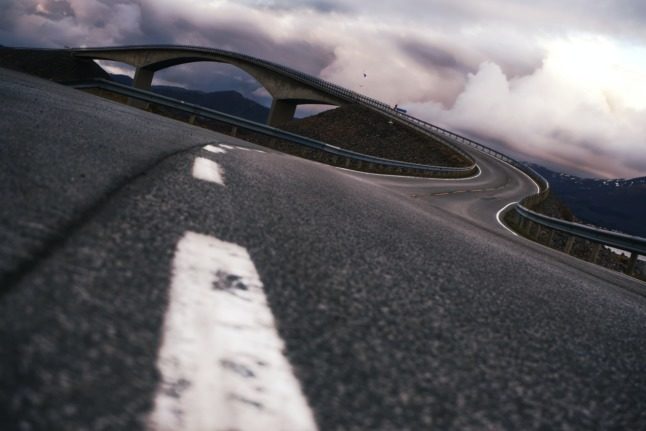Who needs to be insured?
Everyone who owns a car in Norway must buy third party cover when registering their vehicle. This is compulsory and will cover any damage your car may cause to other people or property in the event of an accident.
This compulsory insurance is called ansvarsforsikring. However, other policies can be combined with this basic third-party insurance.
Additionally, your insurance certificate should be kept in the car at all times. If you own a registered fee for a vehicle that is yet to be insured, you will have to pay a fee of 150 kroner for every day that the car isn’t insured.
What types of policy are there?
In addition to the compulsory third-party insurance, a few different policy types are available, depending on your needs.
The other policies available are reduced damages insurance, which covers fire, theft, damage to the glass and roadside assistance cover for your car, in addition to the basic liability insurance. This is called delkasko.
Then there is comprehensive motor insurance which covers damage to your own car in connection with a collision as well as the possibility of a courtesy car if needed. This is referred to as kasko and includes everything covered in delkasko insurance too. If you have taken out a loan to purchase the vehicle, then banks and lenders will typically require motorists to have this coverage on their car.
For those looking for the most complete coverage available, there is super-comprehensive or superkasko insurance, which will cover mechanical damage depending on the age and mileage of the car.
How much does insurance cost?
Several factors such as where you live or the type of car you drive will affect the overall price, as well as your driving history and policy type. For example, if you own an expensive car and live in the city, where more accidents happen, your insurance will probably be higher than if you own a cheap car and live in a rural area.
More comprehensive policies are also more expensive than basic cover for obvious reasons. Other factors influencing the price are how often you plan on using the car. Age is also a factor, with insurance costing considerably more for people under 24 and those aged over 70 more.
Still, it is estimated that the average cost of insuring a car in Norway is around 15,000 kroner annually, although what you pay can fluctuate greatly.
How to get the best deal
There are a few tips and tricks you can employ to get the best deal. Firstly, there is the tried and tested method of using a comparison site to shop around. Tjenestetorget and Forsikringer.no are two of the most popular sites for comparing quotes in Norway.
If you have recently moved to Norway and have a no-claims bonus in the country you have come from, it is possible to try and get this carried over to your new insurer. To do this, you will need a letter outlining how many years you have been insured without claiming from your old provider.
For those with a mortgage or loan, banks will typically offer competitive insurance deals to those who are already customers with them. Therefore, it may be worth taking out all your insurance and banking needs with one provider for the best overall deal.
Another way of securing cheaper car insurance overall is paying a larger excess. The excess is what you pay towards repairs or to make a claim. Paying a higher excess can help secure a cheaper insurance policy overall.
And finally, you can secure a deal through union membership or through your pension provider. Union organisations and pension firms usually have exclusive deals on insurance only available to members.



 Please whitelist us to continue reading.
Please whitelist us to continue reading.
Member comments